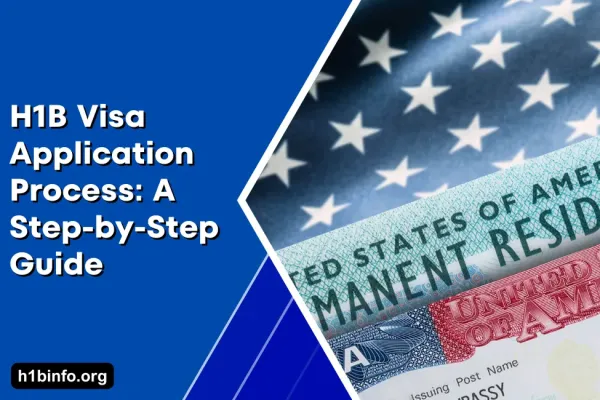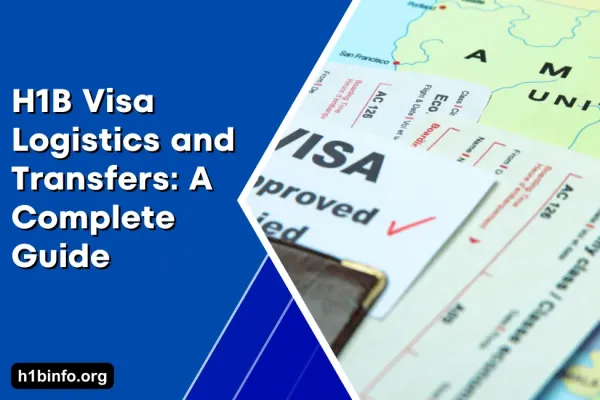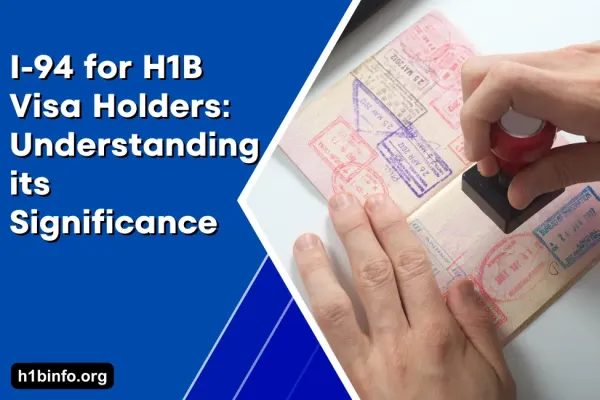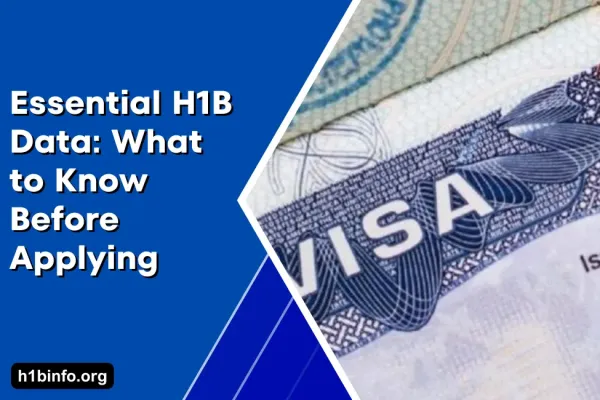In a world marked by the growing influence of globalization, numerous individuals yearn to expand their horizons by venturing into foreign territories. One avenue that holds great promise for those seeking to live and work in the United States is the H1B visa program.
This program presents an enticing opportunity for foreign citizens to partake in temporary employment within the U.S., all made possible through sponsorship from specialized employers.
The following is a step-by-step guide to the H1B visa application process:
- Securing Employer Sponsorship: Obtaining sponsorship from a U.S. employer is crucial when seeking an H1B visa. It is vital to have the support of an employer who is willing to act as your sponsor and submit a petition to the U.S. Citizenship and Immigration Services (USCIS) on your behalf.
- Fulfilling the Labor Condition Application (LCA): The U.S. Department of Labor (DOL) requires your employer to complete an LCA. This application ensures that your employer commits to providing you with fair compensation that aligns with the prevailing wage, as well as maintaining working conditions that are either equal to or better than those offered to U.S. workers.
- Gather your documents: As part of your H1B visa application, you will need to gather essential documents such as your passport, diploma or its equivalent, transcripts, resume, and any other relevant paperwork.
- File the H1B visa petition: Your employer will submit the H1B visa petition to the USCIS on your behalf. We kindly request that you include the job offer, Labor Condition Application (LCA), and all the necessary documentation in your petition.
- Please await a decision: Please be patient as the H1B visa application undergoes a comprehensive review process. Following this, they will make a decision. You will receive an official notification known as the Notice of Approval (Form I-797). The United States Citizenship and Immigration Services sends this notice when your application is approved.
- Scheduling an interview: It is crucial to schedule an appointment at the U.S. embassy for an interview. However, if you are already present in the U.S., you can change your status to an H1B visa without leaving the country.
Allocation of H1B Visas
The H1B visa program functions within specific limitations, encompassing an annual cap of 65,000 visas. Additionally, there are an additional 20,000 visas specifically reserved for individuals holding advanced degrees from educational institutions in the United States. The responsibility for establishing and enforcing this quota lies with the USCIS. Typically, the annual limit is met within a few days of the application period's commencement.
In the circumstance where the quota is fulfilled before your application receives approval, you will need to wait until the subsequent fiscal year to reapply. However, certain employers, such as non-profit organizations, universities, and research institutions, may be exempt from the H1B visa cap.
Extending and Renewing the H1B Visa
Initially, the H1B visa is granted for a maximum period of three years, and it can be extended for an additional three years if deemed necessary. Depending on circumstances, you may also qualify for annual renewals beyond the six-year limit, as long as your employer files a petition for an extension.
To renew your H1B visa, you are obligated to follow the same application process as your initial application. This entails submitting a Labor Condition Application (LCA) along with an H1B visa petition. Additional documentation, such as proof of your previous H1B visa status and evidence of ongoing employment, may also be requested.
Transferring an H1B Visa
If you are already residing in the United States on an H1B visa and intend to switch employers, you have the option to transfer your visa to your new employer. However, your new employer must file a fresh H1B visa petition on your behalf.
Upon approval of your H1B visa transfer petition, you can commence working for your new employer immediately. It is essential that you have maintained your status as an H1B visa holder and that your new position aligns with a specialty occupation.
H1B Visa Denial and Appeal
If your H1B visa petition is denied, you may be able to file an appeal or motion to reopen or reconsider the decision. You must do so within 30 days of receiving the denial notice.
To challenge the decision made, you will need to submit Form I-290B, known as the Notice of Appeal or Motion, to the Administrative Appeals Office (AAO) of the United States Citizenship and Immigration Services (USCIS). In your submission, it is crucial to provide a comprehensive explanation as to why you believe the decision was incorrect, accompanied by any additional supporting evidence to strengthen your case.
Distinguishing the H1B Visa from Other Visa Types
When exploring employment opportunities in the United States, it is essential to be aware of various visa options. Apart from the H1B visa, which we have discussed, there are alternative visas worth considering:
- TN Visa: Intended for Canadian and Mexican citizens engaged in specific professional occupations under the North American Free Trade Agreement (NAFTA).
- L Visa: Available to individuals employed by a company that has a parent, branch, subsidiary, or affiliate in the United States. Applicants must have worked for the company for a minimum of one year.
- O Visa: Granted to individuals possessing extraordinary abilities in fields such as arts, sciences, education, business, or athletics.
- E Visa: Designed for individuals seeking entry into the United States to participate in trade or investment-related activities.
Each visa category imposes its own set of prerequisites and limitations, necessitating careful consideration to select the most appropriate option based on your unique circumstances.





